| What are navigation lights? |
Navigation lights are lights fitted to a vessel to indicate its presence, position, direction of travel, and the type of vessel to other vessels and observers, especially during periods of reduced visibility. |
| Why are navigation lights important? |
Navigation lights are crucial for maritime safety as they help vessels avoid collisions by indicating their presence, heading, and status, ensuring clear communication and visibility in darkness, fog, or other low visibility conditions. |
| What are the different types of navigation lights? |
The main types of navigation lights include red, green, and white lights, which are arranged in specific configurations depending on the vessel’s size, type, and maneuverability, as well as additional lights such as masthead lights, stern lights, and sidelights. |
| When should navigation lights be displayed? |
Navigation lights should be displayed from sunset to sunrise and during periods of reduced visibility, such as fog, rain, or haze, to ensure the vessel remains visible to other vessels and observers. |
| Are there regulations governing the use of navigation lights? |
Yes, maritime regulations and international standards, such as the International Regulations for Preventing Collisions at Sea (COLREGs), specify requirements for the design, placement, and operation of navigation lights to ensure uniformity and safety across vessels. |
| How are navigation lights powered? |
Navigation lights can be powered by the vessel’s electrical system, batteries, or dedicated power sources, with some vessels equipped with backup power or emergency lighting systems for redundancy. |
| What colors are used in navigation lights? |
Navigation lights typically use red, green, and white lights, with red indicating the port (left) side of the vessel, green indicating the starboard (right) side, and white indicating the stern (rear) and masthead (front) of the vessel. |
| How should navigation lights be maintained? |
Navigation lights should be regularly inspected for proper operation, cleanliness, and alignment, with damaged or malfunctioning lights repaired or replaced promptly to ensure compliance with regulations and safe navigation. |
| Where can one purchase navigation lights? |
Navigation lights can be purchased from maritime equipment suppliers, boatyards, chandleries, and online retailers specializing in marine safety and navigation equipment. |
| Can crew members receive training in the use of navigation lights? |
Yes, crew members should receive training in the proper use, maintenance, and compliance requirements of navigation lights to ensure they are used correctly and effectively for safe navigation. |


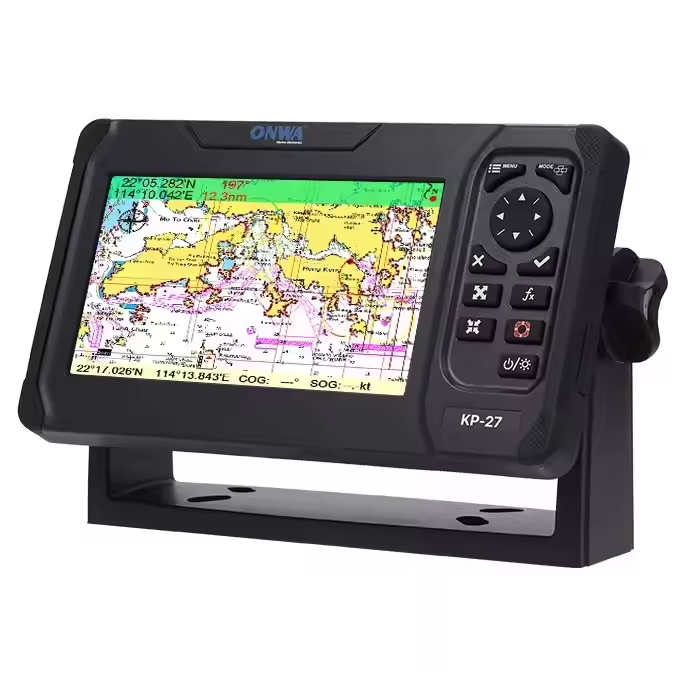
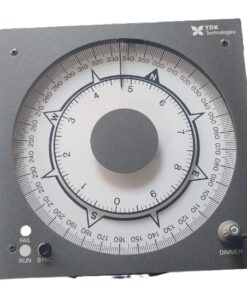
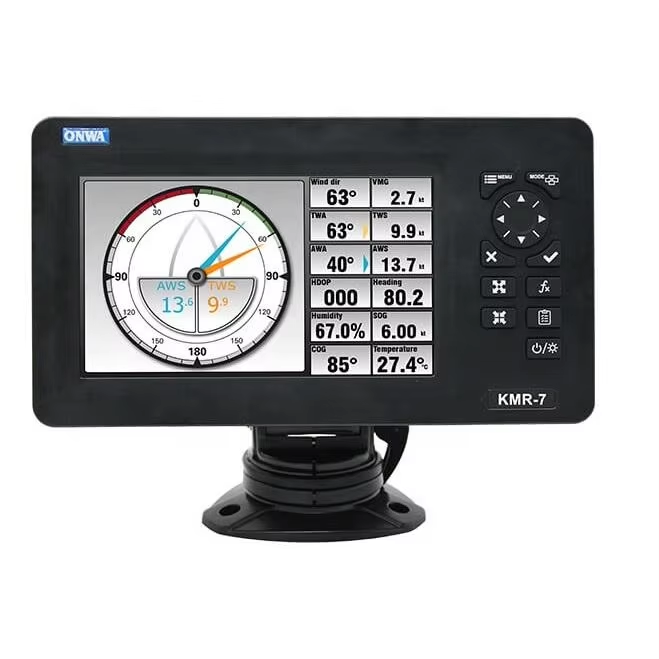
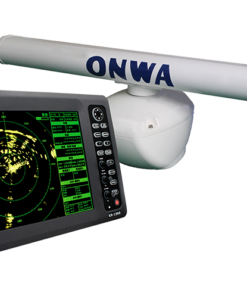
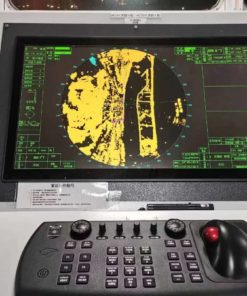
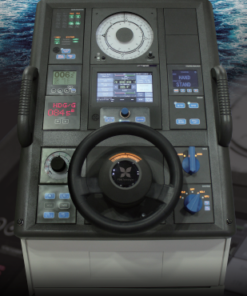
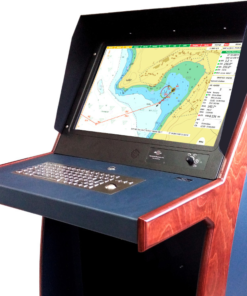
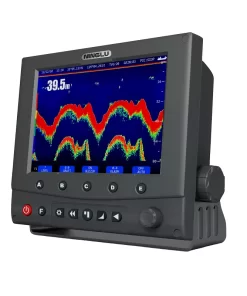
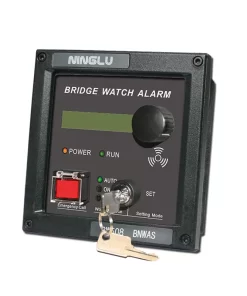
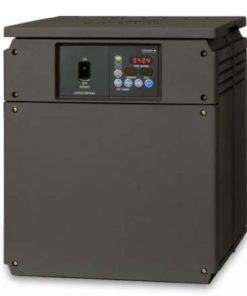
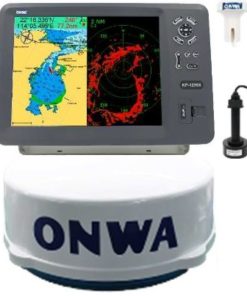
Latest Products
YDK Technologies MKN020 Gyro compass connection box
AED 3,960.0Original price was: AED 3,960.0.AED 2,850.0Current price is: AED 2,850.0.Onwa KM-8X 5-in-1 Marine Bundle Set Radome – GPS, Chartplotter, EchoSounder, AIS, Radar
8-inch GPS Chart Plotter with AIS and Radar
Onwa KM-8A (BUNDLE) 8-inch Color TFT LCD GPS Chart Plotter with Class B+ AIS Transponder MFD [BUNDLE]